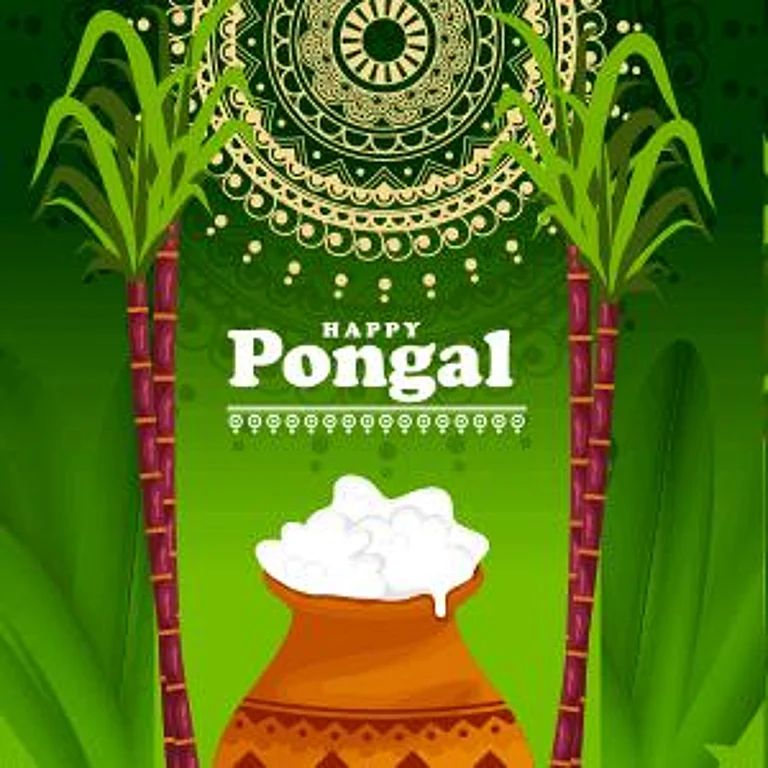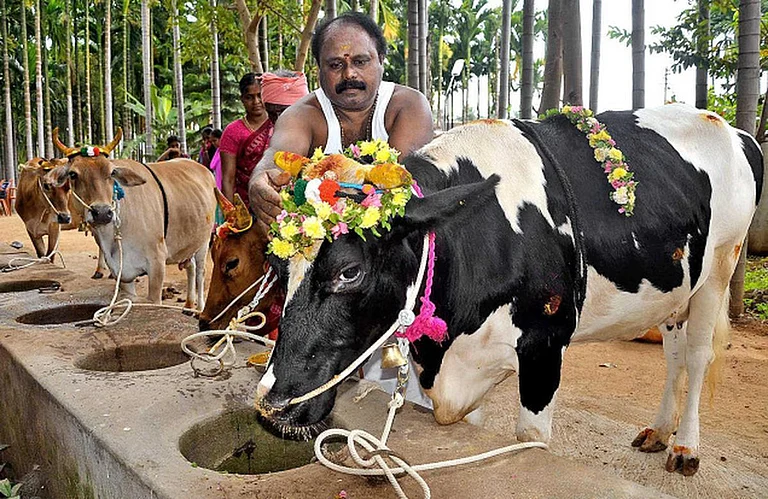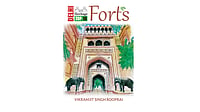'The Devil's Flute Murders' by Seishi Yokomizo
Translated by Jim Rion
Publisher: Pushkin vertigo
MRP: Rs 399/-
Reading a murder mystery set in Japan and written by a Japanese author will be a first for many — though the late Seishi Yokomizo is known as the master of Japanese crime. This is the fourth of his novels but they are not all that common on bookshelves. Set in 1947, ‘The Devil’s Flute Murders’ opens ominously a mass murder in a jewellery shop and the author tells his audience that the opening is a kind of digression before he gets down to the real story. Tokyo is recovering from the war and the houses of the great families are in shambles. Hidesuke Tzubaki, a composer, has his wife’s oppressive family living with him and, just after releasing his last record, he disappears to be found dead in the hills a while later — a death due to suicide.
Yokomizo’s quirky detective, Kandaichi, a scruffy version of Sherlock Holmes without his gift of instant analysis, is called in to investigate by the dead composer’s daughter who is convinced that her father is still alive. Kandaichi finds himself involved in a sand divination followed by a locked room murder — the author endearingly prepares his readers for this. As Kindaichi delves deeper into the lives of the Tsubakis he finds that there is a secret lurking in the heart of the family which is what led the Viscount to kill himself.
The main characters are Tzubaki’s wife the beautiful Akiko, her brother, his daughter Mineko and her uncle —constituting four different but interconnected families— though the mansion is also peopled by domestics and the toad-like Dr Mega who seems to be an affair with Akiko. However, not all the characters are aristocrats. The narrative includes a vibrant supporting cast of innkeepers, nuns, and fisher folk as the story moves from the backdrop of the mansion to various picturesque inns and islands all accompanied by detailed descriptions and physical features — which is possibly why the book was filmed by Kôsei Saitô in 1979 as ‘The Devil’s Flute’.

Yokomizo’s narrative is extremely detailed and he takes his time in letting the story unfold, travelling back and forth in time as required by the exigencies of the plot. He takes the reader through the complexities of family relationships and social nuances with the sound of the devil’s flute as a leitmotif. Kindaichi has the assistance of the police force led by Chief Inspector Todoraki, though the police, as is often the case in murder mysteries, are at a loss to prevent the murders from piling up and spend a lot of time just hanging around.
The story travels from Tokyo to Kobe and Yokomizo brings in the niceties of the different accents between the regions to bear on the case, drawing on his own knowledge of Kobe where he once lived. Though there is violence, the action is understated — Kindaichi does not throw punches, nor do the police indulge in shootouts. This could of course be a result of the fallout of World War 2 with an economically depressed city almost reduced to rubble, plagued by blackouts at night or it could simply be a result of Japanese subtlety. For those unfamiliar with Yokomizo, there is no swashbuckling or hara-kiri either as one might expect from the aristocratic background and familiarity with Kurosawa.
Yokomizo tells an unhurried tale that gradually unfolds to reveal the murderer and keeps the reader guessing for the longest time despite the fact that, in storytelling style, he mentions things like locked room murders before they even take place. As a result of the detail, a hint of the supernatural and the complexity of the plot and pace is deliberate and unhurried, making it a book that requires attention. Ultimately, it is a story of thwarted love caused by uncaring degeneration that results in tragedy.
(‘The Devil’s Flute Murders’ by Seishi Yokomizo, translated by Jim Rion, has been published by Pushkin Vertigo.)

























